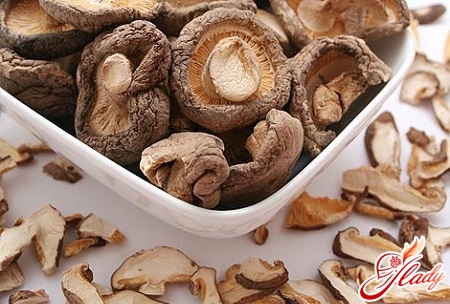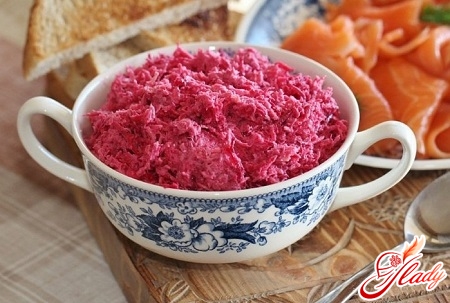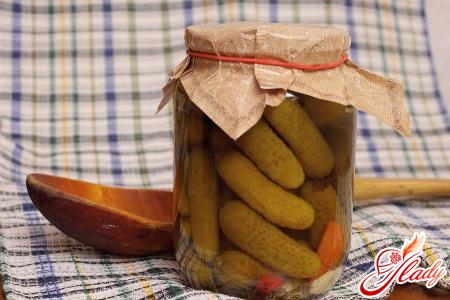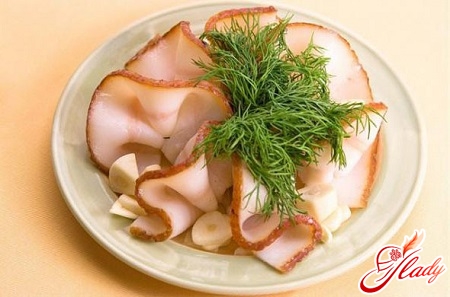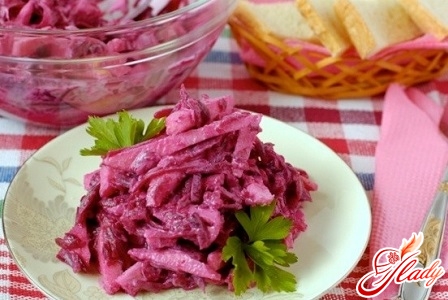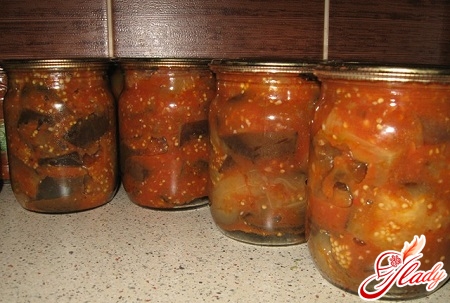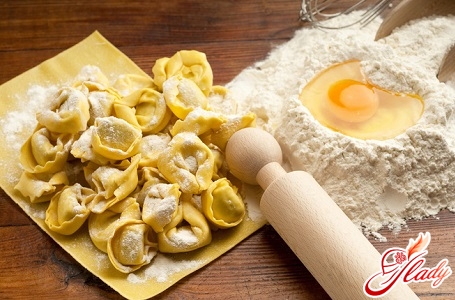
Dishes made from thin boiled dough with meatfilling is present in almost every national cuisine. In Russia these are pelmeni, in Italy - ravioli, in Georgia - khinkali, in Armenia - boraki, in Central Asia - manti, in China - wontons, in Buryatia - pozy, in Belarus and the Baltics - koltunai (sorcerers). In addition to the name, they differ in shape, size, types of meat for the filling, molding methods, spices traditional for a particular country and labor intensity of preparation. Large Asian manti are prepared, for example, much faster than small Chinese wontons or Russian pelmeni. But in fact, all this apparent diversity has a common basic recipe: in the middle of a piece of thick, thinly rolled dough, you need to put minced raw meat with onions and spices and seal the dough around the edges. There are only two requirements for the filling in these dishes: it must be tasty and juicy. But there are many more requirements for the dough. It should not only be tasty when ready, but also:
- easy to mix,
- do not stick to your hands,
- be elastic (so that it can be thinned out),
- be malleable, soft and sufficiently sticky (in order to make it easy to mold dumplings),
- be strong (in order not to break when rolling and molding),
- be dense (for pelmeni not to fall apart during cooking).
Many people often complain about making doughstrictly according to the recipe (given that the recipe is tried and tested - friends or relatives have excellent dough prepared according to it), but it didn't work out. The thing is that a recipe taken from a cookbook, a website or from relatives and acquaintances usually contains a list of products, their quantity and order of addition and looks something like this: "take 2 cups of flour, three quarters of a cup of water, 1 egg, etc." But the quality of these products and the properties that the dough acquires from the addition of each of them are usually not discussed. That's why it doesn't work out. Dumpling dough can be made from many products. It can be "poor", only from flour and water, and "rich", with the addition of eggs, butter, dairy products and baking powder. But its properties are always directly dependent on the quality of the products used for it. And it is not surprising that some people make dumplings from "poor" dough perfectly, while others from "rich" dough do not stick together and fall apart. The main ingredient is flour. If it is of poor quality (and such a batch of flour can be even from a good manufacturer) and this was not taken into account during the preparation of the dough and the necessary ingredient was not added or the cooking recipe was not chosen that is suitable for such flour, then there will be no good result.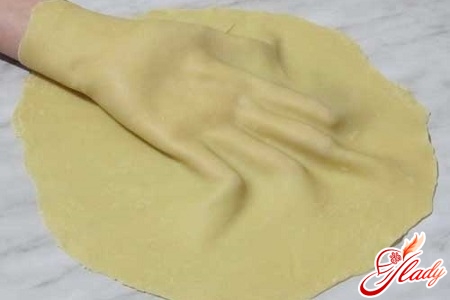
Dough products and their properties
In order to make good dough fordumplings, it is important to know what properties this or that product will give it. Understanding what each ingredient gives, you can always add exactly the one that your dough “asks for”, even if it is not included in the recipe. And you can also create a recipe based on your preferences (someone likes the dough more tender, someone - thicker, someone - with an egg flavor, someone - with a milky one, someone - with a spicy one) or based on the availability of products at hand.
- Wheat flour contains gluten. Low-quality flour lacks it.
- Buckwheat flour - gives buckwheat color andtaste, but does not contain gluten, so it can only be used in a mixture with wheat flour in the following ratio: 3 parts wheat flour to 1 part buckwheat flour.
- Semolina contains a large amount of gluten and starch, it must be added to low-quality flour, which “floats” because it does not contain enough gluten.
- Water.
- Mineral water contains carbon dioxide, which loosens the dough, so dough made with mineral water turns out tender.
- Eggs - the white has excellent binding properties, and the yolk gives the egg flavor and tenderness.
- Oil - gives tenderness and pliability.
- Milk gives viscosity, plasticity and white color.
- Fermented milk products: kefir, yogurt, fermented baked milk, sour cream, whey - these are fermentation products, so they loosen the dough a little and make it more tender.
- Soda loosens the dough not only in an acidic environment, but also when exposed to temperature, so there is no need to specifically extinguish it with vinegar, even if the recipe does not contain acidic products.
- Vodka is a fermentation product, so it acts as a leavening agent.
- Salt.
- Sugar.
- Vegetable juices add a piquant taste (onion juice) and color (tomato, carrot, beetroot).
- Herbs add color and flavor.
Basic proportions and general rules
In addition to the quality and properties of the products, it is necessarytake into account that the amount of products that a particular recipe contains can almost never be correct. Flour, depending on its quality, can absorb moisture differently. Therefore, it is quite possible that a recipe will contain 2 cups of flour, and in order to bring the dough to the desired consistency, you will need 3. This does not mean that the recipe is bad - it's just a different flour. Eggs can be completely different sizes, so it is quite possible that a recipe contains two eggs, and you will need one or three. In addition, the good quality of some ingredients may allow you to exclude other ingredients from the recipe without compromising quality. Dairy products, for example, can have such a fat content that it will not be necessary to add the butter included in the recipe. Given these features, when preparing the dough for dumplings, you can focus on the following proportions:
- 1 kg of dry products (wheat flour, a mixture of different varieties of flour, a mixture of flour with semolina). One glass (200 ml) contains 160 g of flour.
- 400 ml of liquid products (water, dairy products, eggs, juices, oil, vodka).
Knead the dough, gradually adding flour,until it stops sticking to your hands. If it stops sticking to your hands, but seems too soft to you, then separate a small piece and try to roll it out. By how it rolls out (can it be rolled out thinly, does it tear), you will understand whether it needs to be kneaded further with flour or not. Try to stick the edges of the rolled out dough, whether they stick together easily, whether the molding does not come apart. It is advisable to check by cutting - there should be no flour on the cut. If you make the dough too dense, then, firstly, it will be difficult to roll it out, and secondly, the edges will not connect well when molding dumplings and will come apart when boiling. When checking, remember that after kneading, the dough should lie in a cool place for at least an hour - "to rest"! During this time, the gluten contained in the flour swells and gives elasticity. The dough becomes softer and easier to roll out!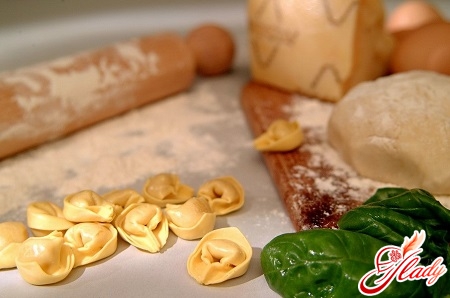
3 basic ways to prepare the dough
- To one egg, add milk so much to make a glass (200 g) of milk-egg mixture, and salt.
- Pour 2 tablespoons of flour into a small cauldron, add a little milk-egg mixture and mix until smooth.
- Add the remaining mixture, put on a small fire and, stirring constantly, heat until thick.
- In shallow dishes or on a chopping boardpour 3 cups of flour and pour a thickened mixture into it, knead the dough until it stops sticking to your hands, if necessary, pouring in the flour.
- Roll the dough into a food film or plastic bag and put in a cool place for 1 hour to swell the gluten. Only after that you can stitch pelmeni out of it!
"Poor" recipe for flour and water
This recipe only contains flour,water and salt. You can also add baking powder - soda or vodka. It is convenient to prepare such dough using the choux pastry method - it turns out tender and sticky. Making dumplings from it is a pleasure. You don't even have to roll it out, just cut off a small piece for each dumpling and knead it in your hands. The dough cooks very quickly, but when ready it will be translucent, so it is better to serve dumplings from it with sour cream or in kefir sauce. Traditionally used for Belarusian and Chinese dumplings.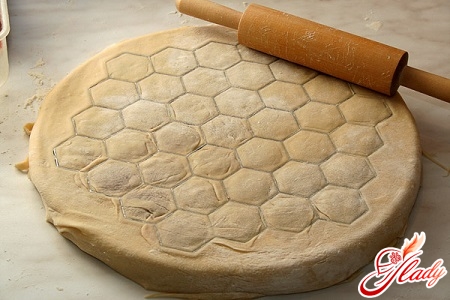
"Rich" recipe - put in whatever you want
When using the "rich" recipe, you need to rememberbasic proportions. It is convenient to first mix all the liquid ingredients, control their total amount and only then mix them with flour. You can use one, two, three, four products - as many as you want. You can add only yolks instead of eggs, and you will get a rich egg taste and a yellowish color, or only whites, if someone in your household or guests cannot eat yolks. You can knead the dough only with milk or whey, or - with a mixture of them. You can add vegetable oil, and melted or softened butter, or you can do without it. Knowing the taste of each product and understanding the properties, you can create a new recipe each time. The classic recipe for "rich" dough is as follows:
- 1 egg, 1 yolk, 1 tbsp. a spoonful of vodka or 0.5 teaspoons of soda, 2 tbsp. Spoon the melted cream or vegetable oil to mix, add the milk so that the whole mixture turned a glass (200 g).
- in shallow dishes or on a chopping boardpour out 3 tbsp. flour and, gradually pouring the liquid mixture into the flour, knead the dough until it stops sticking to the hands, if necessary pouring the flour.
With butter - that's how Italians like it
You can make dough for dumplings without water,milk or fermented milk products. It is mixed with a mixture of eggs, salt, and vegetable oil in equal proportions. Italian ravioli are made from this dough. Instead of vegetable oil, you can also add melted butter. Then the dumplings will have a pronounced creamy taste.
With baking powder - soda and vodka
Leavening agents are added to make the doughfor dumplings was softer - then it is easier to mold dumplings from it. In addition, it will be more delicate in taste. They can be added to both simple dough, which consists only of flour and water, and to complex dough, regardless of other ingredients. If the dough is made only with egg whites, then without baking powder it can be tough.
Multicolored and black dumplings
If you want to surprise your guests or children, then forWhen making dumplings, you can also make colored dough. Green can be achieved by using spinach juice instead of water or milk, shades of red, using tomato, tomato, beetroot and pepper juices. Yellow color will give turmeric and carrot juice. Brown - buckwheat flour. You can boil dumplings in onion peel broth. You can even make black dumplings by adding cuttlefish ink - a natural product that is used as a seasoning and is part of some medications. Such dumplings will be especially interesting with white chicken meat or fish.
2 ways to make good dough from bad flour
If the flour you bought is of poor quality and you can see it by its color or feel it by touch, then:
- for 1 cup of flour add 1-2 tbsp. spoons of semolina (it contains gluten, which is lacking in flour of poor quality);
- use a brewing method for such flour.
If you haven't paid attention to the quality of flourbefore kneading and the finished dough "floats", sticks to your hands and spreads over the surface, then add 2-4 tablespoons of semolina to it, leave for 10-15 minutes. Semolina will absorb excess moisture and add the missing gluten, and then knead with flour until ready.




